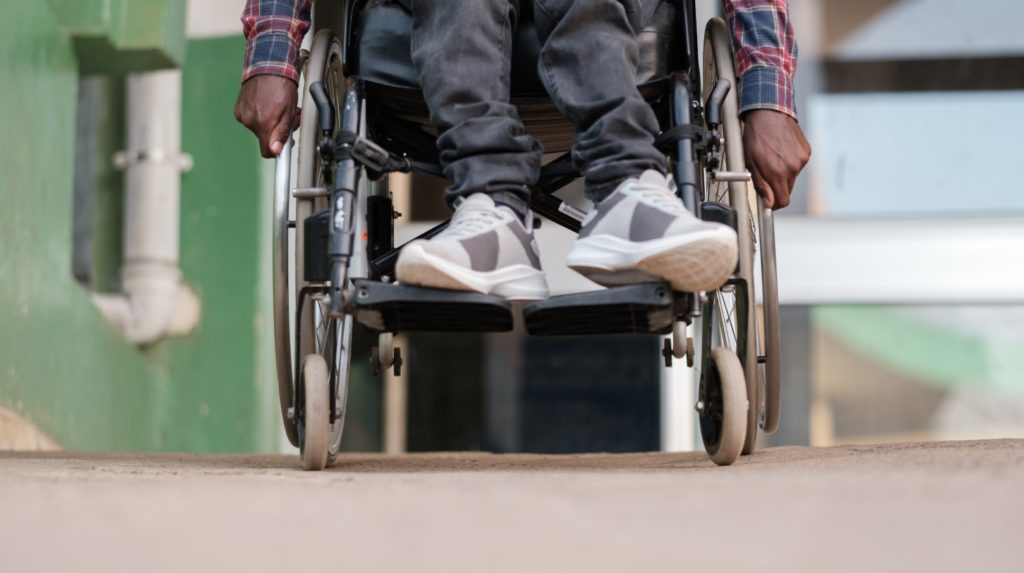3 minutes read








What you can find in this section
What is physical Impairment?
A set of conditions that results in difficulties in movement, holding/grasping, movement coordination and ability to perform physical activities.
Depending on the type and level of severity of these conditions, some people with physical impairment will need to use wheelchairs, crutches, calipers etc.
Type of physical impairment
May include:
- Conditions that affect the limbs, bones, joints, muscles or a combination of these e.g., polio, club foot, among others
- Loss of limb(s) e.g. through amputation
- Conditions that affect growth e.g., short stature
How to refer to someone with a physical impairment
Avoid using
- Handicapped
- Physically challenged
- Deformed
- "Special"
- Cripple
- Wheel chair-bound
- Gimp
- Spastic / spaz
- Lame
Instead use:
- Person with a physical impairment
- Person with a mobility impairment
- Wheel chair user
How to create an inclusive learning environment for students with physical impairment
- Address the person with the physical impairment, not his or her companion/assistant.
- Try to place yourself at eye level with the person (i.e. sitting in a chair or kneeling down).
- Don’t lean on a wheelchair or other assistive device.
- Do not condescend a person in a wheelchair by treating him or her childishly, such as patting on the head or shoulder.
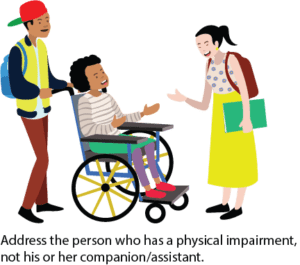

- Ask if the person would like your assistance pushing their wheelchair.
- If a person is having a problem with opening a door, offer to assist.
- When telephoning a person, let the phone ring long enough to allow time to reach the phone.
- Do not avoid words like ‘run’ or ‘walk’: wheelchair users use them too.
- Do not remove people’s assistive devices (e.g. crutches, wheelchairs, artificial limbs) from where they have placed them. If you do temporarily, remember to return them to where the person has placed them initially.
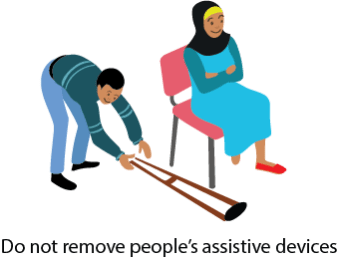
Most importantly, ask someone themselves how they want to be addressed, and how they want to be supported.
Specific advice on including of students with visual impairments in the classroom/institutions of higher learning
- Ensure accessibility of classroom and all school/workplace facilities. Accessibility should not only be factored in for the classroom but common areas, toilets, meeting rooms, and other essential areas the students may need to visit.
- Set up classroom so individuals using wheelchair, crutches, etc. can move as independently as possible.
- Allow time for rest periods or flexible study arrangements (as needed/possible).
- Find out useful assistive devices needed: ergonomic chairs, writing tables, big grip pens etc.
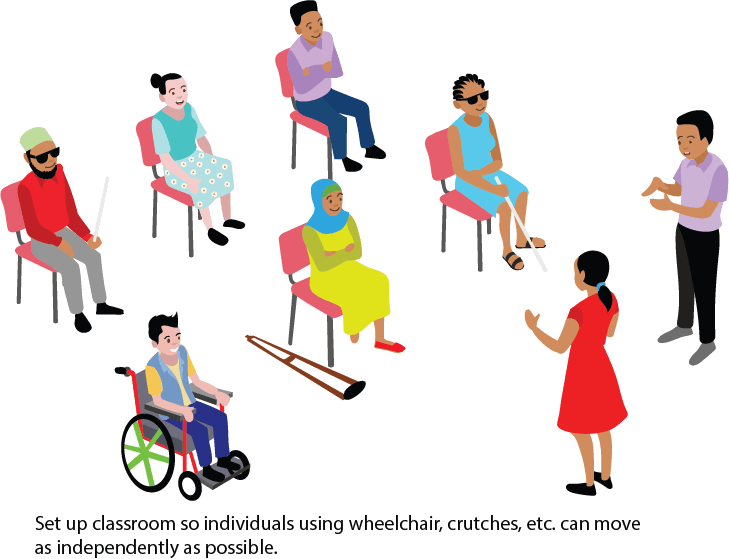
- Allow additional time to finish an exercise and assignment if needed
- Ensure they are part of all activities including sport
- Involve their peer/ other students to support whenever possible, this will raise their awareness but also promote the social inclusion of students with physical impairments.
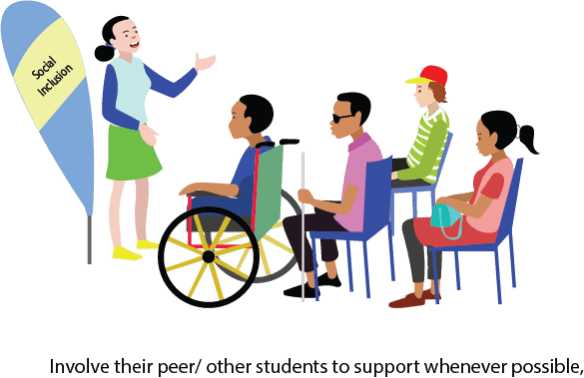
Related Articles
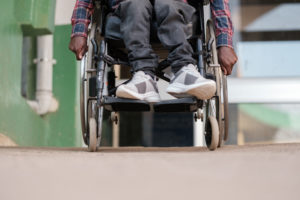

My Journey to Decent Work: Nasser and the Silent Café
March 15, 2023

Nasif is Banking After Soft Skills Training
March 15, 2023

